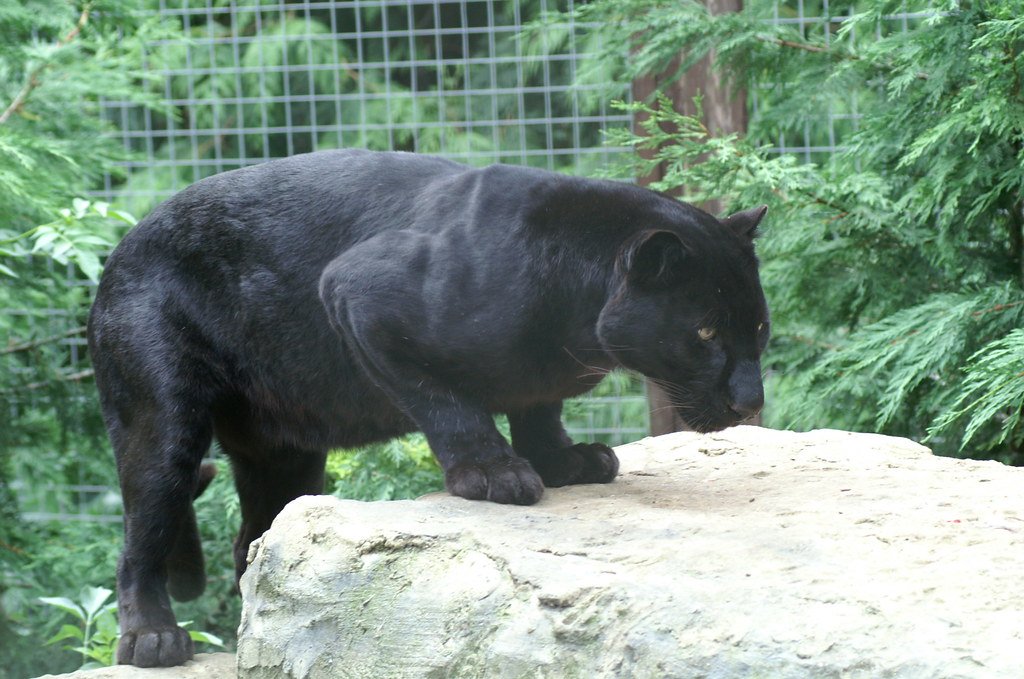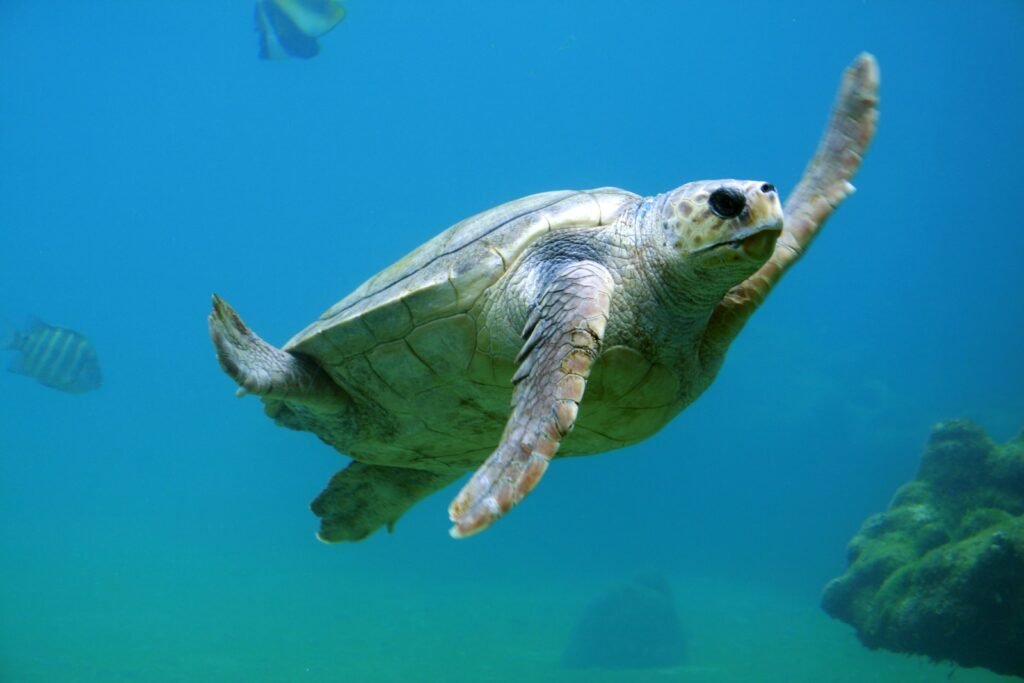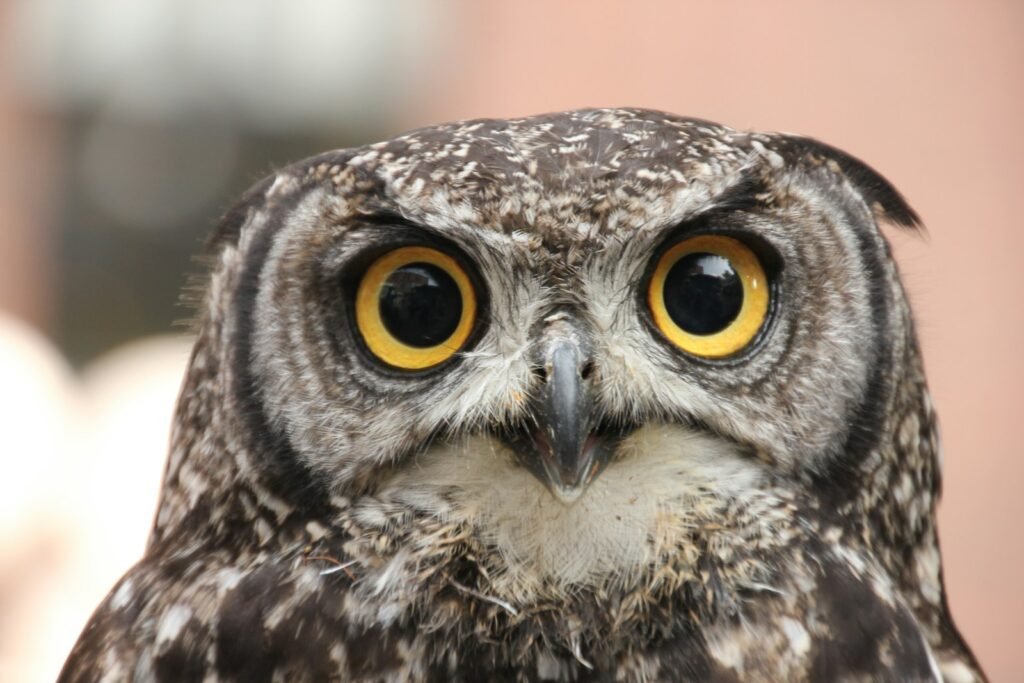A new proposal from the Trump administration has sparked concern among wildlife advocates and conservationists across the country. On April 16, officials announced a proposed change to the Endangered Species Act (ESA) that would significantly reduce habitat protections for hundreds of threatened and endangered animals—including Florida panthers, sea turtles, and spotted owls.
Currently, ESA regulations make it illegal to “harass, harm, pursue, hunt, shoot, wound, kill, trap, capture, or collect” endangered wildlife—including harming their habitats. But the new proposal would narrow that definition, no longer considering habitat destruction as “harm” unless it directly kills or injures an animal.
A Habitat Isn’t Just Home—It’s Survival

Wildlife experts say this shift would have dangerous consequences. Many animals rely on very specific ecosystems to raise their young, find food, and avoid predators. Sea turtles, for example, return to the same beaches year after year to nest. Spotted owls rely on mature forest canopies. Even subtle disruptions—like lighting, noise, or land clearing—can severely impact their chances of survival.
“Habitat loss is the biggest single cause of extinction and endangered species — it makes sense to address it,” said Brett Hartl, government affairs director at the Center for Biological Diversity. “Any conservation gains species were making will be reversed — we’re going to see losses again.”
If enacted, the rule could allow developers to log, mine, or build on previously protected land—as long as the animals aren’t directly harmed during construction.
Critics Sound the Alarm

Environmental groups, wildlife advocates, and concerned citizens are pushing back. Critics argue the proposed change ignores the fact that habitat loss is the number-one driver of extinction. According to the Center for Biological Diversity, the ESA has helped prevent the extinction of 99% of listed species—largely thanks to its habitat protections.
Eliminating a habitat for any animal, let alone the habitat for an animal that is listed as threatened or endangered can have an overarching impact on that animals future survival.
What’s at Stake?
Among the animals at risk in the U.S. are Florida panthers, with fewer than 200 left in the wild, already struggling with human populations and newly developed roads and land.
There is the loggerhead and green sea turtles, which numbered in the millions throughout the oceans and now have numbers around 50,000, according to the Center for Biological Diversity. The turtles face threats from coastal development and human activity.
There are also the northern spotted owls, whose populations continue to decline due to logging in old-growth forests as well as to wildfires. According to the U.S. Fish and Wildlife Service (USFWS), these owls have lost 60% of their habitat over the last 190 years.
Conservationists fear the ripple effect of habitat destruction could extend beyond individual species, impacting ecosystems, pollinators, and water sources—all of which are essential for human and animal life.
A Call to Speak Up

The public comment period on the proposal is expected to open soon. Animal lovers and environmental advocates are encouraged to contact their representatives and submit comments once the proposal is posted for review.
For pet parents and animal enthusiasts who care about the wild cousins of their beloved companions, this is a moment to take action. Because no animal—wild or domestic—deserves to lose its home.






